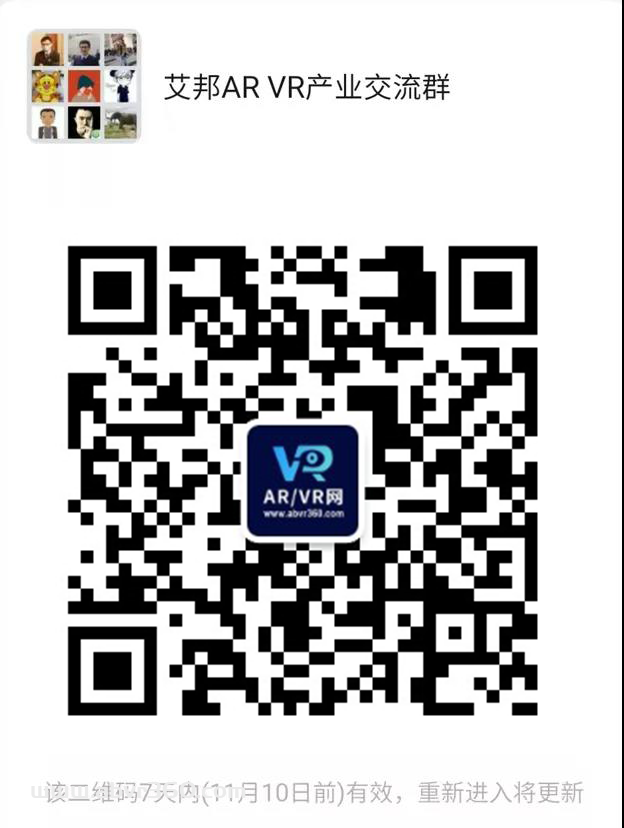上周,苹果向我们展示了 Vision Pro 未来可能的版本,该版本将健康传感器嵌入到光密封/面部接口和头带中,随后用于监测大脑活动。周四公布的另一项专利涉及在光密封件的顶部表面添加触摸传感器/触摸控制器。
苹果的专利申请涵盖了一种头戴式设备/未来的 Vision Pro 模型,该模型包括显示器、至少部分围绕显示器的框架、连接到框架的面部界面、围绕面部界面设置的盖子以及集成的触摸敏感表面。进入封面以接收用户的输入。
在一个示例中,头戴式设备还包括设置在盖的外表面上的第一不同触敏表面和第二不同触敏表面。
在一个示例中,头戴式设备还包括布置在框架中并电连接到触敏表面的应变仪。
在一个示例中,头戴式设备的触敏表面包括导电织物。在一个示例中,可头戴设备的触敏表面设置在盖的外表面上并且包括不同的周边,并且可头戴设备包括用于将用户引导至触敏表面的指示器。
在一个示例中,其中可头戴设备的指示器包括沿着触敏表面的周边从盖向外延伸的突出部。
在一个示例中,头戴式设备的指示器包括在显示器上生成的视觉提示。在一个示例中,其中指示器包括定位在盖的内表面上的发光二极管,以引导用户到触敏表面。
在一个示例中,头戴式设备的指示器包括布置在盖中的触觉引擎,以向用户提供触觉反馈,从而引导用户到触敏表面。
在一个示例中,头戴式设备还包括被配置为检测触敏表面的近距离触摸的位置传感器以及设置在框架上的处理器,该处理器被配置为当传感器检测到触敏表面的近距离触摸时开启触敏表面。触碰。在一个示例中,可头戴设备的位置传感器包括相机。
苹果的专利图。下面的图3A示出了在可头戴设备的光密封件中具有导电织物的可头戴设备的俯视图;无花果。图4、图5和图6Ff示出了头戴式设备的光密封件的触敏表面。
进一步专利图。图 3A:传感器#320 可以通过导电织物#316 进行电连接,导电织物#316 穿过光密封#312 的盖子。在一些示例中,导电织物穿过或穿过保持带#309。导电织物#316a/b/c/d可以布置在特定的触敏表面中,并被配置为允许用户通过触摸特定的触敏表面来向HMD提供输入。
进一步参考图。 4:指示器可以使用触觉反馈来引导用户的手指(#10)到触敏表面 F#418。例如,多个突起#417或凸块可以沿着触敏表面的周边从光密封#412的表面向外突出。因此,当用户在突起上滑动手指时,用户在指尖上感受到触感。这些触觉可以将用户定向并提醒其注意触敏表面的周边。换句话说,当用户的手指接近触敏表面时,突起向用户提供触觉反馈以知道他们已经到达触敏表面。
进一步参考图。图 5:光密封 #512 包括位于光密封外表面上的触敏表面 #518。在图示的示例中,触敏表面可以包括以特定图案组织(例如编织)的多个导电织物#516。在所示的示例中,导电织物被组织成矩阵图案。当导电织物组织成这种图案时,导电织物可以跟踪用户手指沿着触敏表面的移动。导电织物可以间隔开预定距离,使得环境因素不会不利地影响到触敏表面的输入。
进一步参考图。图7:在图示的示例中,触敏表面#618包括多个平面#616,这些平面#616被编织到光密封#612中并且彼此垂直间隔开。这些平面可以获得电容读数来跟踪用户手指的移动。换句话说,手指可以在垂直方向上进行滑动动作或手势,并且平面可以跟踪该移动。此手势可用于音量控制或滚动。在一些示例中,平面#616可以彼此水平间隔开,并且用户可以在水平方向上进行滑动动作或手势。
译自:patentlyapple

